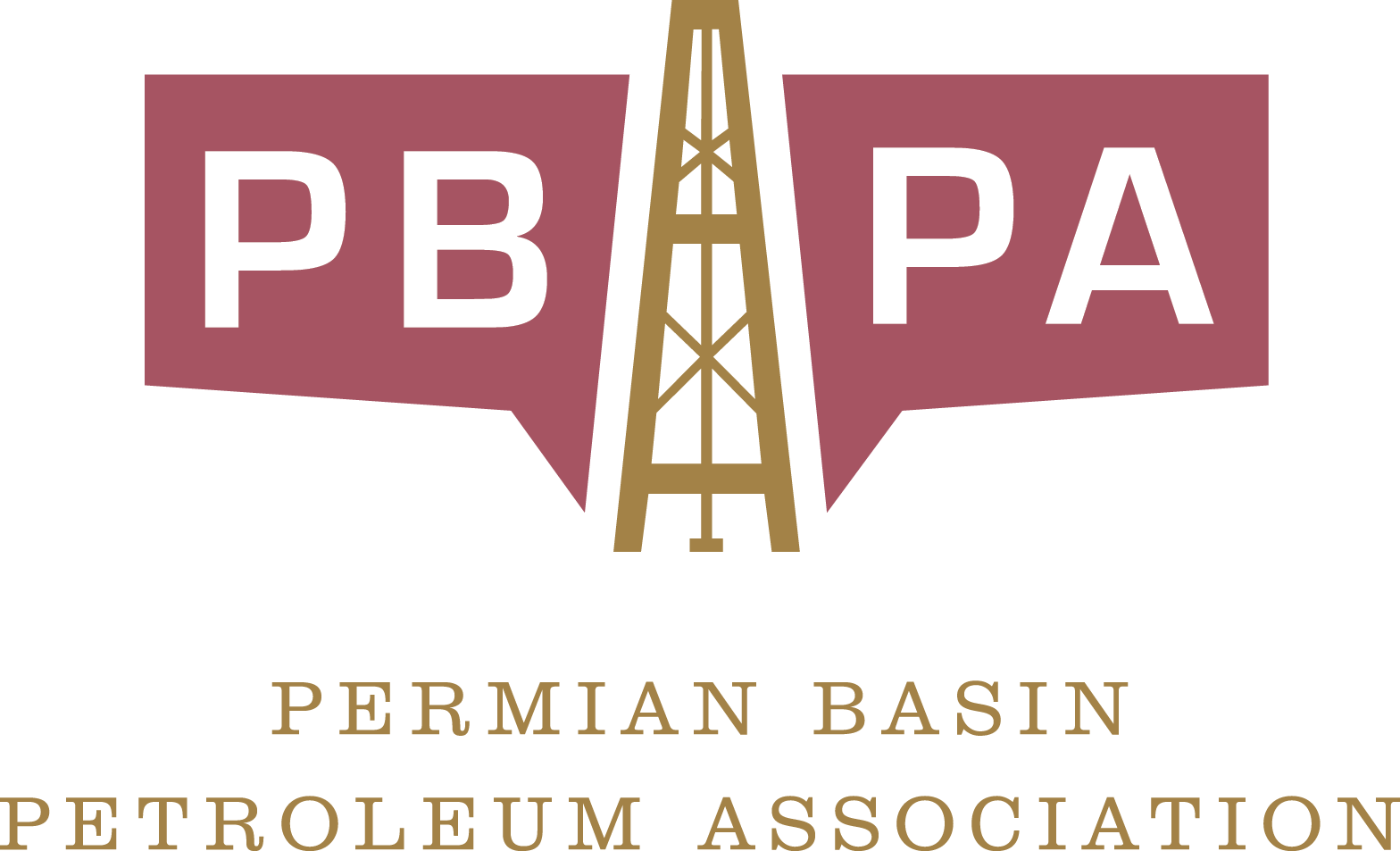RRC Issues Weather Alert Ahead of Arctic Blast
January 11, 2024
by Mella McEwen
An arctic blast is headed to the Permian Basin, and warnings are being issued to prepare for temperatures to fall into the teens, with wind chills possibly falling below zero.
The Electric Reliability Council of Texas Wednesday issued a “weather watch” beginning January 15 through January 17, an advance notification of expected significant weather and higher electrical demand and the potential for lower reserves.
Wind chill values by Monday morning could be below zero in the Panhandle and across West Texas. For Central Texas, North Texas, West Central Texas, wind chill values will be in the single digits.
The Railroad Commission Thursday issued a notice to operators ahead of the expected frigid temperatures. The agency urges residents and oil and gas producers alike to watch weather forecasts and safety alerts during the cold weather.
In its notice to oil and gas and pipeline operators, the RRC urged:
- Monitor local, state and national weather reports for updates on potential severe weather impacts;
- Heed all watches, warnings, and orders issued by local emergency officials;
- Secure all personnel, equipment, and facilities to prevent injury or damage; and,
- Monitor and prepare operations for potential impacts, as safety permits.
In addition, the RRC advised all operators to monitor and report road conditions during the weather event.
“We know that even when winter weather events begin to roll into our region, the Permian Basin oil and gas industry will still be hard at work ensuring that reliable natural gas is available to heat everyone’s homes and provide electricity to millions,” the Permian Basin Petroleum Association said in an alert to its members.
The PBPA listed some of the measures being taken to ensure continued production and distribution of natural gas to power electricity and help heat homes and businesses.
Those measures include:
- Weatherization and inspection of equipment and infrastructure.
- Comprehensive winter preparedness plans that engage both industry and state agencies.
- Storage of natural gas in preparation for fluctuations in demand.
- Improved and transparent communications between industry, regulators, and consumers.
The RRC reports that all of what’s known as Tier One facilities – gas processing plants, underground gas storage facilities, pipelines that directly connect to electricity generation plants, and oil and gas leases that produce more than 5 million cubic feet of gas per day – have been inspected and no violations identified. Weatherization inspections will continue through the spring.
Another critical component is the amount of natural gas in underground storage that can be utilized in emergency situations. At the end of November, which was the typical end of the injection season for winter, there was approximately 488.8 billion cubic feet of gas in storage, a five percent increase compared to the end of November 2022 and the highest amount in six years.
